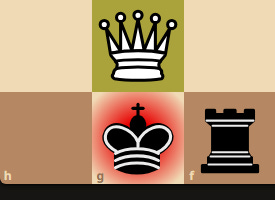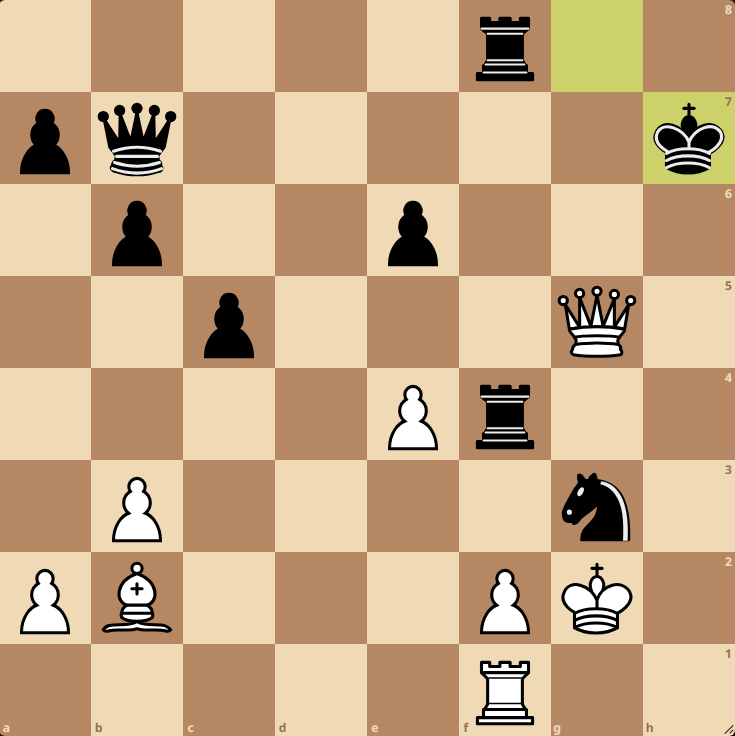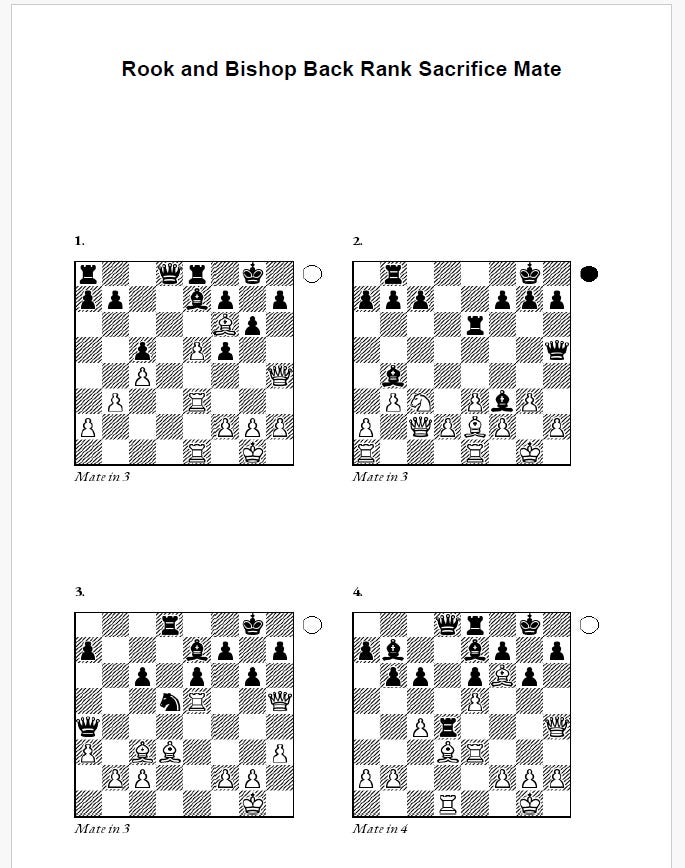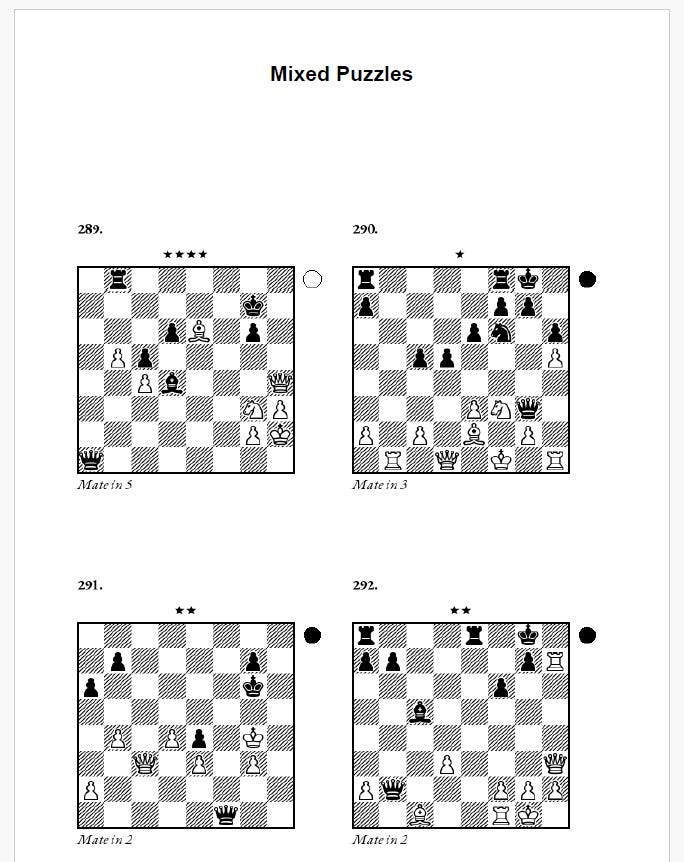Building a Systematic Checkmate Pattern Book
Hi! Even though I have taken a break from writing the newsletter, my curiosity for exploring new ideas doesn’t go away. Back in February, I wrote about my efforts in trying to discover new checkmate patterns with the help of math and computational resources.
My idea was that we as humans give value to patterns we find interesting and then give them names like: Blind Swine Mate, David and Goliath Mate, and Lawnmower Mate. But we do not name all patterns, and the patterns we name might not be the most practical—just the most interesting, weird, or beautiful.
In February, when I halted the project, I ended up with a big database of mined checkmate patterns. The method I used was based on looking at the 3x3 grid around the checkmated King in the checkmate position. I found all attackers, defenders, and occupants of these squares, then turned that into strings like these:
.Q..k....Q..k...XXXXXXXXQB..k...kQ..r...XXXXXXXX.Q..krr.rQ..kr..XXXXXXXX
This is a representation of this checkmate pattern:
The last squares of the 3x3 are outside the board, which are marked as X in the string. The string also contains information that a Bishop is supporting the Queen (the QB in the string). The full picture of the checkmate originates from this puzzle:
The next problem I encountered was not capturing mirrored checkmate positions of the same checkmate pattern. This was solved by mirroring the 3x3 pattern in multiple directions, so the different directional patterns were collected into one cluster pattern.
Based on around 10,000 checkmate puzzles from the Lichess database, I captured 1,300 patterns.
Naming
With 1,300 patterns to name, my vocabulary simply would not cut it, so I had to invent a taxonomy. I created a system for the naming using Python.
The naming system identifies checkmate patterns using only characteristics shared by 100% of the checkmate puzzles in each cluster. The core format is:
[Pieces] [Position] [Tactic] Mate [Move Sequence Pattern]
All of these have to be shared by 100% of the checkmates to be added to the naming. The name will contain information about the pieces contributing to the checkmate, the place on the board (King Side, Center, Queen Side), tactical pattern (Pin/Fork/Intermezzo), and a specific shared move pattern or shared checkmating move.
With this method, I have made this draft for the Table of Contents.
I have changed some details in regard to the overall layout of the book since February. I want to present the patterns with 4 puzzles followed by a mixed chapter with 2 checkmate puzzles from each pattern mixed at random. This mixed chapter will train retrieval of the patterns from memory, and if missed, the reader can go back and review the pattern chapter one more time.
The layout will look something like this:
Here is the mixed puzzles with a star rating system from 1 to 5 stars in difficulty.
That’s where the project stands today. Next, I’ll write the introduction and create the book cover. The groundwork is done and now I will package it all together.
I hope you will like the result!
/Martin







Wow Martin!! You get a lot done with ‘no spare time’!
It’s good hearing from you!
This is super exciting! I will definitely be wanting this for my son (and me!) I am a big believer in the power of naming things.